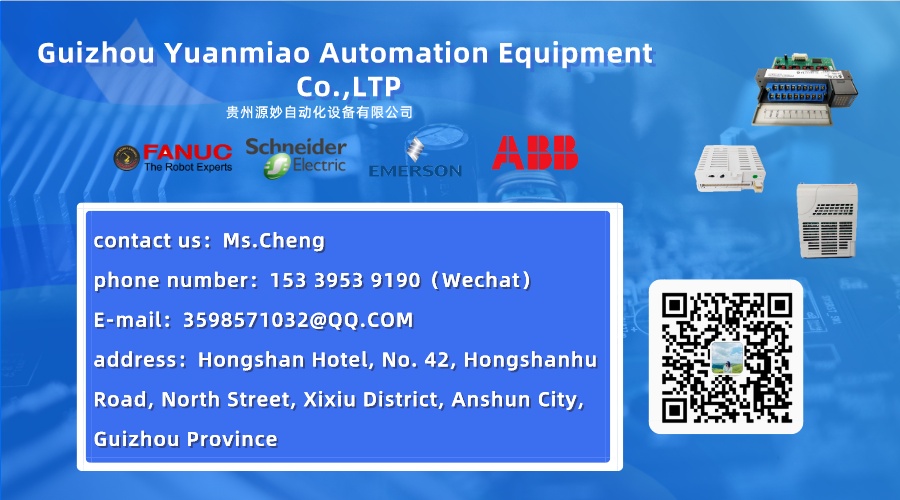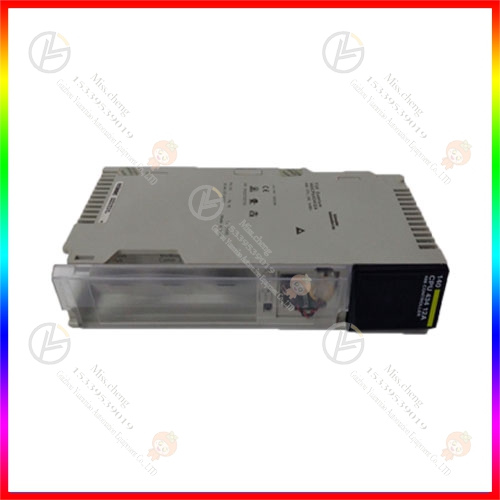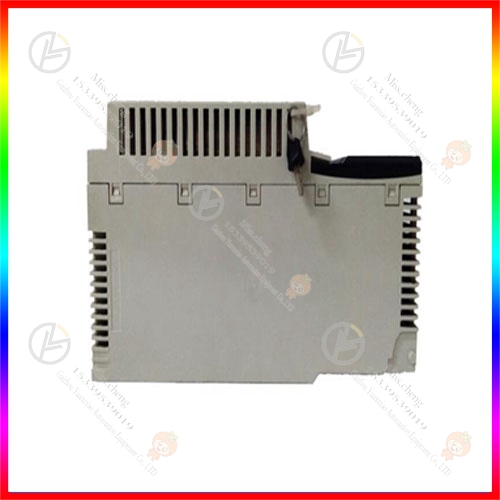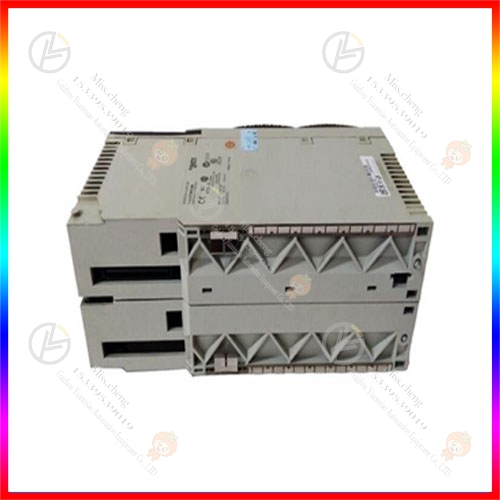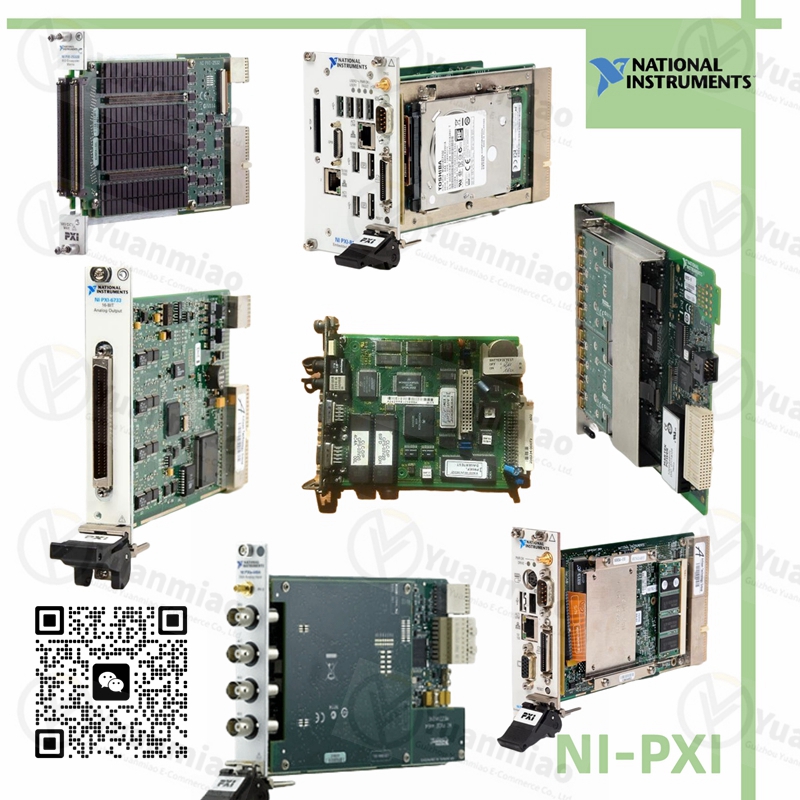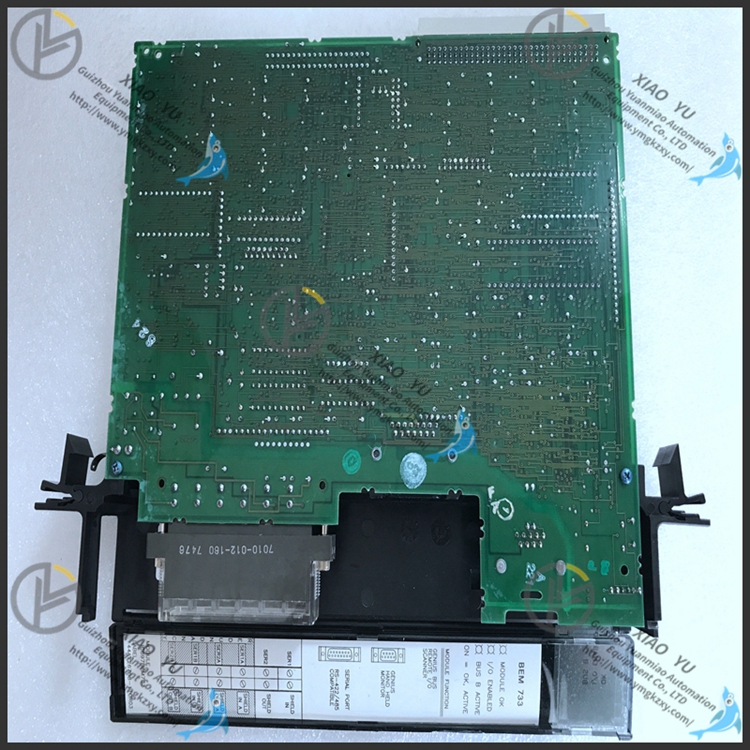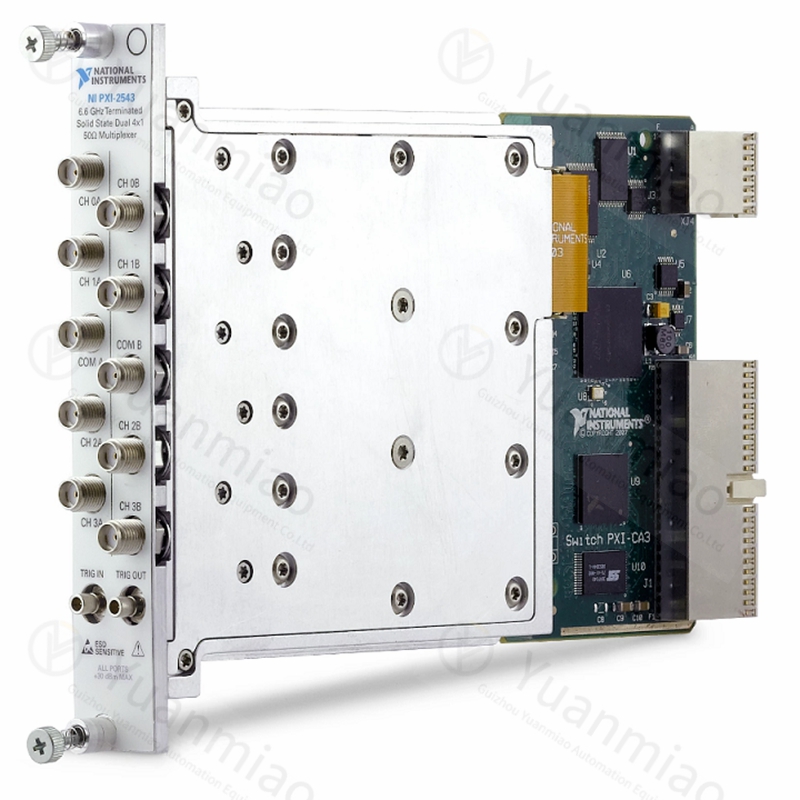Schneider 140DRA84103C discrete output module
-
Warranty: 365 days
Quality: Original module
Condition: New / Used
Warehouse: Spot
Delivery time: Shipped in 3 days after payment
Mail: 3598571032@qq.com
Phone/Wechat/Whatsapp:+86 15339539190
-
Details
Product details
Origin:USA
Brand:Schneider
Product ID:140DRA84103C
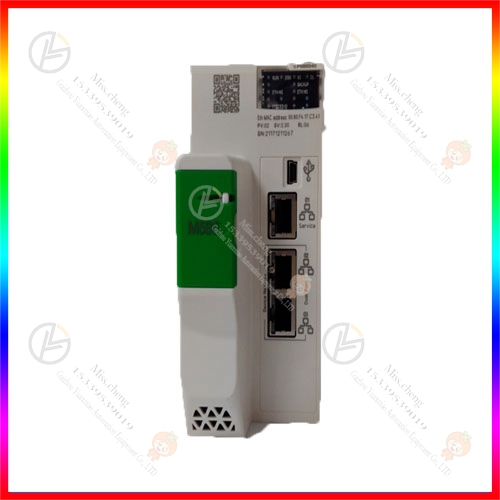
product description
The technical parameters of discrete output module include the following aspects:
Output type: There are many output types of discrete output modules, such as dry contact,
transistor and SSR (solid state relay) output. Select the appropriate output type according
to the specific application requirements to meet the control requirements.
Output voltage and current: The output voltage and current of the discrete output module
are important technical parameters. According to the voltage and current requirements of
the controlled object, the appropriate output voltage and current range is selected to ensure
the accuracy and reliability of the control action.
Output waveform: The output waveform of the discrete output module is also an important
technical parameter. Generally speaking, the output waveform of the discrete output module
should be a square wave or a sine wave, and the specific waveform depends on the design
and manufacturing process of the module.
Response time: The response time of a discrete output module is an important parameter to
measure its performance. The shorter the response time, the faster the module responds to
the control signal, and the better it can meet the requirements of real-time control.
Accuracy and error range: The accuracy and error range of the discrete output module are
also important technical parameters. Generally speaking, the smaller the accuracy and error
range of the discrete output module, the better its performance and the more accurate the
control effect.
Working environment conditions: The working environment conditions of the discrete output
module include working temperature, humidity, vibration, etc., which will affect the performance
and service life of the module. Therefore, when choosing and using discrete output modules,
it is necessary to take into account their working environment conditions.
Communication interface and protocol: The discrete output module usually has a communication
interface and protocol, which can be used for data transmission and control with the upper
computer or other controllers. Understanding and familiar with the communication interface and
protocol of the discrete output module is helpful to realize better interconnection with other devices.
Protection function: Discrete output modules usually have protection functions, such as
overcurrent protection, overvoltage protection, undervoltage protection, etc., to ensure the safe
operation and service life of the module. Understand and be familiar with the protection functions
of discrete output modules to help avoid damage or accidents due to unexpected circumstances.
The above are some common technical parameters of discrete output modules, according to the
specific application requirements and scenarios, there may be other technical parameters to
consider. When selecting and using discrete output modules, it is recommended to read the product
manual carefully and understand the relevant technical parameter requirements.
Discrete output modules have the following advantages in the application of control systems:
Precise control: The discrete output module can accurately control the controlled object,
and achieve high-precision adjustment and fast response by configuring the output channel
and the corresponding control algorithm.
Multiple output types: Discrete output modules support a variety of output types, such as
dry contact, transistor and SSR (solid state relay) outputs, to meet different control needs.
Isolation protection: The output part of the discrete output module is completely isolated from
the control logic part, which helps to enhance the anti-interference ability and reliability
of the system.
Easy integration: The discrete output module has a variety of communication protocols and
interfaces, and can communicate with various controllers and host computers to achieve data
transmission and control, and is easy to integrate into the existing control system.
Easy to configure and program: Discrete output modules usually have a simple user interface
or dedicated software, and users can easily configure various parameters of the module to
achieve fast programming and debugging.
However, discrete output modules also have some disadvantages:
Higher cost: Discrete output modules are typically designed with industrial-grade components
and circuits, making them more expensive and unsuitable for low-cost applications.
Maintenance and repair inconvenience: discrete output module structure is more complex,
maintenance and repair may require professional tools and technical support, inconvenient
for on-site maintenance.
Accuracy is limited by the module itself: the accuracy of the discrete output module is limited
by the accuracy of its internal circuits and components, and there may be certain errors relative
to the analog output module.
In summary, discrete output module has the advantages of precise control, multiple output
types, isolation protection, easy integration and easy configuration and programming in the
application of control system, but it also has the disadvantages of high cost, inconvenient
maintenance and repair, and limited accuracy by the module itself. In practical applications,
it is necessary to select and use according to specific needs.
